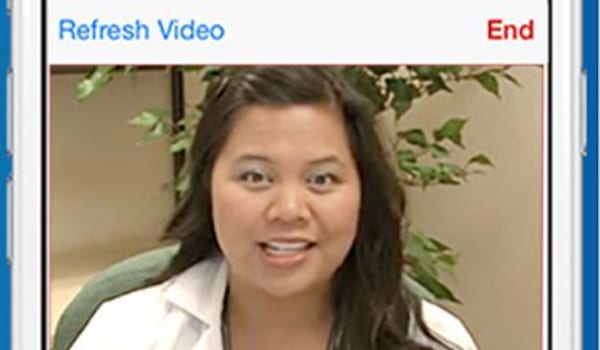
Social distancing guidelines have forced providers to rethink where they are offering services and under what conditions. To ensure patients’ and employees’ safety and continue offering services in the context of the continuing pandemic and stay-at-home orders in many localities, providers have developed numerous strategies to minimise time spent in the clinic and make their care accessible from patients’ homes.
Providers are using telehealth to offer screening and treatment for urinary tract infections and STIs, as well as HIV prevention services. Contraceptive care covers both the standard range of options and particular considerations (e.g. keeping IUDs in place longer than originally intended or self-administering an injectable contraceptive at home. Providers are also mailing medications and medical supplies to patients’ homes, such as multi-month supplies of birth control pill packets, contraceptive patches and rings, and STI tests. Some family planning providers are expanding into mental health services, such as talk therapy and medication management for anxiety and depression, and to gender-affirming hormone therapy for transgender patients.
Methods of delivering care are also changing. For example, some providers used to offer telehealth services in a model in which provider and patient call from different clinics. A newer model sees the patient at home and the provider is either in a clinic or in their own home. For patients with limited Internet bandwidth, some clinics offer phone-only appointments where legally permitted. Some are also waiving fees for certain telehealth visits, such as to renew a birth control prescription or obtain emergency contraception. Others have cancelled any requirement of an office visit for birth control renewal, in line with guidance from the US Centers for Disease Control and Prevention. In April 2020, Planned Parenthood expanded telehealth options to its clinics in every state.
When it is necessary for a patient to enter a clinic, providers are adjusting their office procedures in an attempt to keep patients and staff safe. For example, some providers are routinely screening both patients and staff for Covid-19 symptoms, requiring that their patients wear face coverings, allowing just one patient in the waiting room at any time, and creating one-way hallways through the clinic.
Clinical procedures must be rethought and adapted to patients’ unique and changing needs. For example, one clinic is calling patients with upcoming appointments and working out a personal action plan to ensure that they get the care they need while minimising time inside the clinic.
SOURCE: Guttmacher Institute, by Leah H Keller, Ruth Dawson, 24 June 2020 ; VISUAL: mobilehealth news, 24 January 2017



